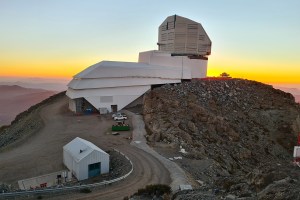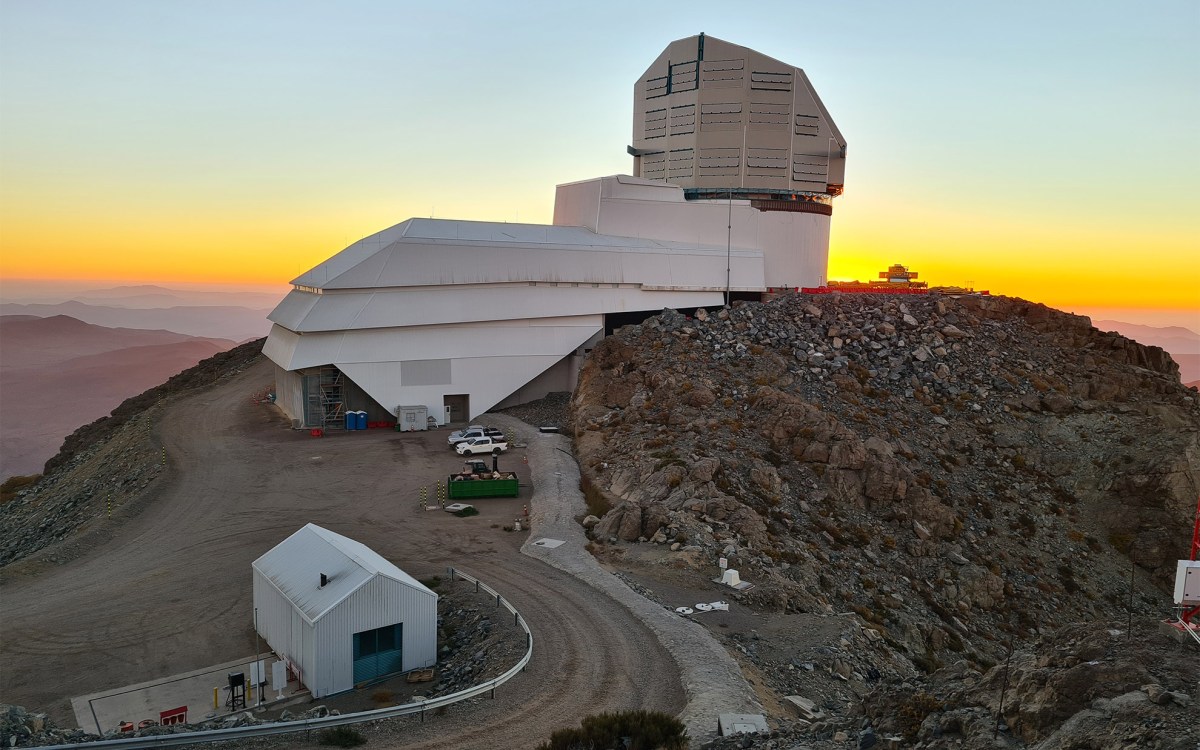Culprit caught in gamma-ray burst mystery
Evidence suggests some gamma-ray bursts generated by death of massive stars
Gamma-ray bursts have long puzzled astronomers. “The hunt for the source of gamma-ray bursts has been a detective story as challenging as any faced by the famous Lieutenant Columbo. We were thrilled to be the first to catch a supernova ‘in the act,’ so to speak,” says Kris Stanek of the Harvard-Smithsonian Center for Astrophysics. “Moreover, this supernova has surprising properties, which means a variety of stellar explosions must be able to make gamma-rays bursts.” The gamma-ray burst, designated GRB 011121, was detected by the Italian-Dutch satellite Beppo-SAX on Nov. 21, 2001. Ten hours later a research team, led by Stanek and Peter Garnavich of the University of Notre Dame, searched for visible evidence of the high-energy burst using a 1.3-meter Polish telescope in Chile and found the rapidly fading optical “afterglow” of the event. The team then made spectroscopic observations with the Magellan 6.5-meter Walter Baade Telescope. They found that the source of the burst was a galaxy more than 6 billion light-years away, meaning that the Earth hadn’t even formed yet when the gamma-rays exploded outward on their long journey.





